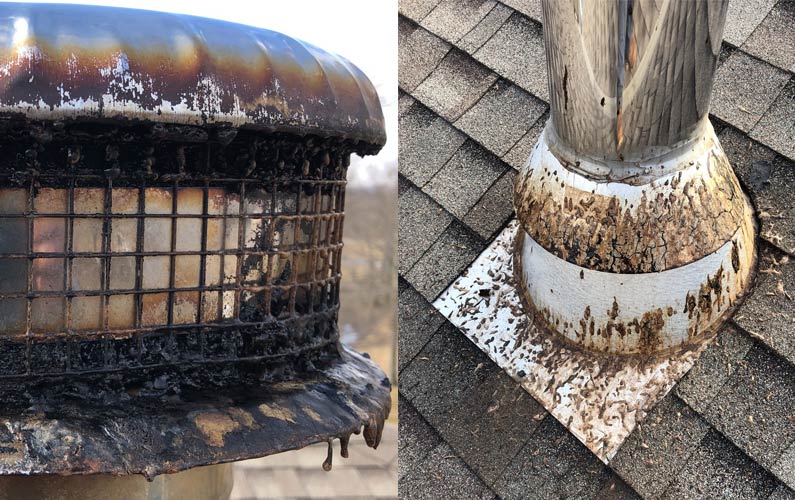Do It Yourself Chimney Sweep San Jose: Step-by-Step Instructions for Success
Do It Yourself Chimney Sweep San Jose: Step-by-Step Instructions for Success
Blog Article
Expert Guide to Chimney Cleansing: Every Little Thing You Required to Know
Ignoring smokeshaft cleaning can lead to a host of problems, from bad ventilation to security dangers. From the devices called for to the step-by-step procedure entailed, an expert overview to smokeshaft cleaning uses a comprehensive introduction of just how to keep this important part of your home functioning successfully.
Value of Smokeshaft Maintenance
Keeping correct smokeshaft maintenance is critical for ensuring the safety and efficiency of your home's home heating system. Over time, smokeshafts can collect creosote, an extremely flammable compound that can lead to chimney fires if not cleaned consistently.
Normal smokeshaft upkeep likewise helps in preventing clogs that can block the flow of air and gases, resulting in poor air flow and decreased heating performance. Furthermore, a clean smokeshaft stops the buildup of debris and nesting products from birds and animals, lowering the danger of blockages and making sure appropriate air movement.
Devices and Supplies Needed

Step-by-Step Cleaning Process

The initial action is to prepare the location around the fireplace by setting protective sheets to avoid any type of soot or particles from soiling your home. Next off, open the damper to guarantee proper air flow throughout the cleaning process.
Utilizing a visit this site flashlight, examine recommended you read the chimney for any kind of obstructions or build-up. Eliminate any noticeable particles such as nests, leaves, or creosote using a chimney brush or vacuum particularly developed for smokeshaft cleansing.
After clearing the debris, it's time to scrub the chimney walls. Connect the brush to extension rods and scrub the wall surfaces extensively to dislodge any kind of stubborn build-up. Follow up by vacuuming or sweeping the loosened debris.
When the chimney is clean, inspect the chimney cap and flue for any kind of damage or indicators of wear. Clean and shut the damper up the bordering location prior to evaluating the fire place to guarantee proper airflow.
Safety Preventative Measures to Adhere To
Guarantee that the fireplace and chimney are totally cool before starting any cleansing tasks to protect against fires or burns. Think about working with a specialist chimney sweep for elaborate or risky cleaning tasks to make sure the work is done safely and effectively. By following these safety and security preventative measures, you can minimize risks and preserve a safe atmosphere during the smokeshaft cleansing procedure.
Tips for Preserving a Clean Smokeshaft
Before initiating the chimney cleansing process, it is vital to incorporate routine maintenance practices to make sure a clean and well-functioning chimney. One idea for preserving a tidy smokeshaft is to schedule regular inspections by a certified smokeshaft sweep. An additional important tip is to set up a chimney cap to avoid debris, animals, and wetness from going into the chimney.
Verdict
In final thought, regular chimney cleaning is vital for preserving a secure and effective fire place or home heating system. By adhering to the detailed cleaning procedure navigate to this website and taking essential security precautions, you can guarantee that your smokeshaft functions effectively and lowers the risk of fire dangers.
Over time, smokeshafts can gather creosote, a highly combustible substance that can lead to smokeshaft fires if not cleansed consistently. The primary tools required for chimney cleaning include a chimney brush, chimney poles, a vacuum cleaner, safety equipment such as safety glasses and handwear covers, a flashlight, and a durable ladder. The smokeshaft brush is essential for getting rid of creosote build-up, while the chimney poles assist in extending the reach of the brush to cleanse the entire chimney size - Chimney Sweep San Jose. By having these tools and products all set, you can take on chimney cleansing efficiently and securely, maintaining the correct performance of your smokeshaft and making sure a safe environment in your home
Prior to launching the smokeshaft cleansing procedure, it is essential to incorporate routine upkeep practices to make sure a clean and well-functioning smokeshaft.
Report this page